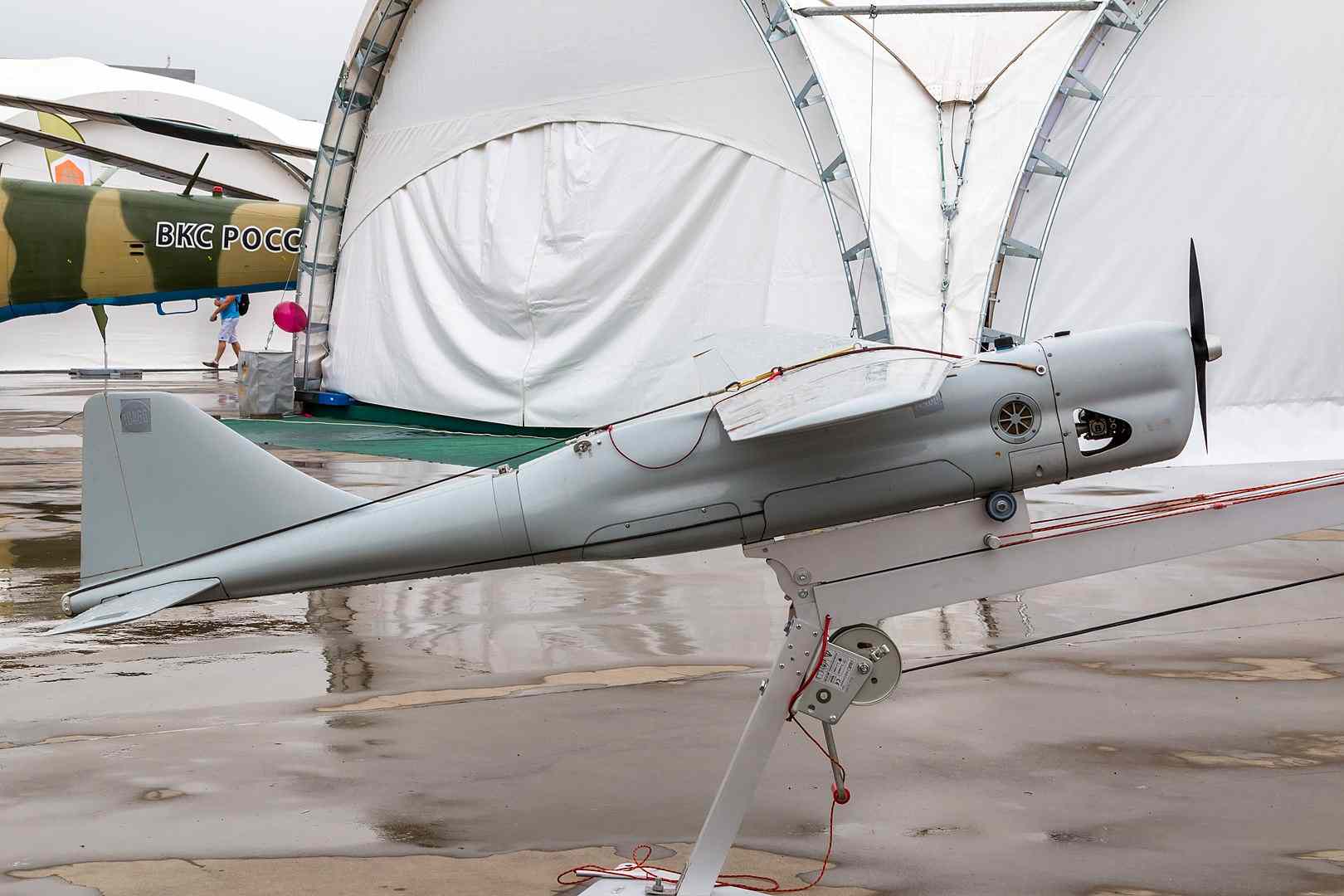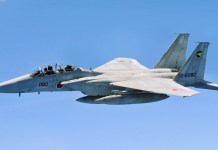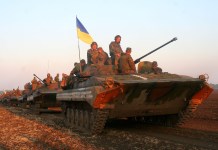A recent wave of camera thefts has hit Sweden, with up to 100 units reportedly missing. According to local media reports, the authorities are baffled after cameras of the same type were discovered on Russian drones used to strike Ukraine.
A story published by the daily newspaper Aftonbladet revealed that at least three more camera units had gone missing from the E16 highway between the cities of Hofors and Falun on October 19.
The local newspaper Sodra Dalarnes Tidning has reported two more camera thefts. According to Aftonbladet, these speed cameras are outfitted with Canon DSLRs.
The tabloid cited a recent video from the Ukrainian military and said that Ukraine’s troops had discovered similar cameras in captured Russian “homemade drones.”
In the video, a Ukrainian serviceman is holding a camera allegedly retrieved from what looks to be the wreckage of a Russian Orlan-10 (Earle-10) surveillance UAV.
The Swedish Security Service (Säpo) said it was aware of the potential connection between the missing cameras and the alleged discovery of similar devices in Russian drones.
However, it chose not to comment.
“We are aware of rumors that the equipment is used in Russian home-built drones, but we cannot go into the details of our intelligence work,” a spokesperson for the Swedish Security Service said.
The Swedish Transport Administration estimates that up to 100 “speed-trap” cameras have disappeared recently. Radars and the system’s other sophisticated components appear untouched by the thieves, suggesting they solely focus on stealing the cameras.
The incidents have already caused significant damage to the road surveillance system, as upgrading a single road camera costs roughly 250,000 kronor (>$22,000).
Russian Orlan-10 Surveillance UAV
The Russian Army deployed the Orlan-10 extensively on the Ukrainian battlefield, notably in the early phases. Manufactured by Special Technology Center LLC in St. Petersburg, Orlan-10 is a small unmanned aerial vehicle that works effectively in tandem with a Russian artillery unit.
Russian artillery units destroyed several Ukrainian forces’ weaponry after using the Orlan-10 to locate their locations. However, in the first three months of its invasion of Ukraine, the Russian military reportedly lost 50 Orlan reconnaissance drones.
It performs various tasks, such as aerial reconnaissance, observation, monitoring, search and rescue, military training, jamming, radio signal detection, and target tracking in difficult terrain.
The Orlan-10E export variant was displayed at the 19th International Air and Space Fair (FIDAE), which took place in March 2016. In June 2016, Rosoboronexport announced its intentions to export the Orlan-10E UAV to other countries.
The Orlan-10 complex comprises swappable payloads, ground control, launch and recovery systems, and unmanned aerial vehicles.

The UAV has a high-wing configuration and modular construction. Its tail section includes a tailplane and a vertical stabilizer. Its aerodynamic fuselage is two meters long, and its wingspan is 3.1 meters. The maximum takeoff weight of the drone is 16.5 kilograms.
The drone is launched using a collapsible catapult and is recovered with parachute landing systems. The UAV’s modular design makes greater mission flexibility possible, which includes numerous interchangeable payloads.
The aircraft is equipped with a gyro-stabilized camera pod that is mounted under the fuselage and carries a daytime camera, a thermal imaging camera, a video camera, and a radio transmitter. The cameras offer real-time intelligence, 3D maps, surveillance, and aerial target reconnaissance.

The Orlan-10 has electronic warfare capabilities and can distinguish between friendly and hostile information transmission channels. It can set up areas for cellular jamming and mount interference transmitters.
The Orlan-10 can carry out missions both autonomously and remotely. The drone is equipped with an autopilot to fly autonomously using pre-set-waypoints, allowing the operator to change the flight path.
The drone can be controlled remotely via a ground control station. It is fitted atop the MP32M1 command and control vehicle. The ground section, developed by Russian state-owned Roselectronika, can manage up to four aerial vehicles simultaneously.
- Contact the author at ashishmichel@gmail.com
- Follow EurAsian Times on Google News




